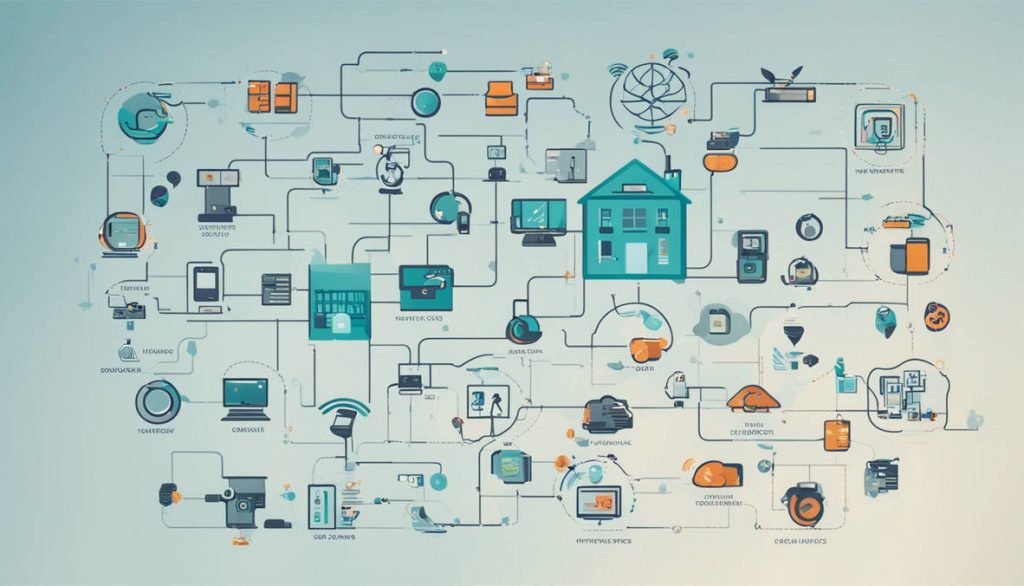The digital world has transformed how businesses communicate, sell, and grow. In 2025, digital marketing is more than just a tool—it’s the foundation of every successful business strategy. As competition intensifies and technology advances, brands must adopt smarter, more adaptive marketing approaches. Whether you’re a small business or an established enterprise, working with a trusted digital marketing agency can help you craft a focused, data-driven strategy that aligns with your goals and delivers real results.
How Digital Marketing Has Evolved
In the early 2000s, digital marketing meant simple banner ads and keyword stuffing. Fast-forward to today, and the industry has become a complex network of channels, technologies, and customer experiences. The focus has shifted from reach to relevance, from mass messaging to personalization.
Modern digital marketing revolves around understanding customers deeply—what they want, how they behave, and when they’re most likely to engage. Data analytics, artificial intelligence, and automation have given marketers the tools to predict behavior and create highly targeted campaigns.
As a result, businesses no longer compete solely on product quality or price. They compete on experience, storytelling, and connection.
The Pillars of a Modern Digital Strategy
A successful marketing plan in 2025 requires a blend of creativity, analytics, and consistency. The following components work together to build a powerful online presence:
1. Search Engine Optimization (SEO)
SEO remains one of the most effective ways to attract long-term, organic traffic. However, today’s SEO goes beyond keywords. It’s about user intent, high-quality content, technical optimization, and site performance.
Local and regional SEO are increasingly vital, especially for businesses in the Middle East. Partnering with experts who specialize in SEO Services in Abu Dhabi ensures your brand ranks high where it matters most, connecting you with customers in your target region.
2. Content That Educates and Inspires
Content continues to be the heartbeat of digital marketing. From blog posts and videos to podcasts and interactive tools, content helps brands communicate value, not just promotions.
Great content focuses on solving customer problems and adding real insight. For example, a company offering financial services might create practical guides on budgeting or investment trends—helping their audience while building trust.
Consistency is key. Publishing useful, well-optimized content regularly establishes authority and keeps your brand top of mind.
3. Social Media That Builds Community
Social media is no longer just a channel—it’s where relationships are built. Platforms like LinkedIn, Instagram, and TikTok allow brands to showcase personality, connect with followers, and drive conversation.
In 2025, authenticity is everything. Audiences are quick to recognize overly polished or impersonal content. Sharing behind-the-scenes stories, customer testimonials, and real company moments can make your brand feel human and approachable.
4. Paid Media for Accelerated Growth
Organic growth is essential, but paid media gives your business the speed and scale to reach new audiences instantly. Whether it’s Google Ads, Meta Ads, or LinkedIn campaigns, paid advertising can produce measurable results quickly when done strategically.
The secret lies in precision targeting and testing. A/B testing ad variations, refining audience segments, and monitoring ROI ensure every dollar spent contributes to your objectives.
5. Email and Marketing Automation
Email marketing continues to deliver exceptional ROI because it’s direct, personal, and trackable. Automation tools allow marketers to send customized messages based on customer behavior—welcoming new users, re-engaging inactive leads, or upselling to existing customers.
When combined with quality content and timing, email campaigns nurture trust and loyalty over time.
Why Data Is the New Competitive Advantage
Every click, view, and interaction tells a story. Data analytics gives businesses the power to listen, interpret, and act on those stories.
Tools like Google Analytics, Hotjar, and HubSpot reveal insights about traffic sources, audience demographics, and conversion paths. This information helps marketers make better decisions, optimize campaigns, and personalize experiences.
Data-driven strategies lead to smarter investments. Instead of guessing what works, businesses can rely on measurable evidence to guide their next move.
The Human Side of Digital Marketing
Technology drives digital marketing, but human connection sustains it. Consumers want authenticity, empathy, and transparency from the brands they support.
Storytelling remains one of the most powerful tools for achieving this. A good story resonates emotionally and builds loyalty that no advertisement alone can achieve. For example, brands that highlight their community involvement or customer success stories foster deeper trust.
The most successful marketers balance technology with humanity—using automation for efficiency while ensuring every message feels personal.
The Rise of AI and Predictive Marketing
Artificial intelligence is redefining what’s possible in digital marketing. AI tools analyze large datasets, predict trends, and personalize experiences with remarkable accuracy.
Businesses now use AI for:
-
Personalized product recommendations
-
Automated chat support
-
Predictive lead scoring
-
Dynamic content optimization
These technologies make campaigns more efficient and effective. However, while AI enhances precision, the creative and emotional touch still depends on human input. The future of marketing will always require both art and analytics.
Real-World Example: Personalization Done Right
Netflix is one of the best examples of how data and personalization work together. Its algorithm learns from user behavior to recommend content that matches interests and viewing habits. This not only increases engagement but also strengthens customer loyalty.
Small businesses can replicate this approach on a smaller scale. By analyzing customer data—purchase history, preferences, and location—they can tailor their messaging for maximum impact.
Measuring Success in the Digital Age
Marketing success is measurable, but only if you track the right metrics. Key performance indicators (KPIs) vary by business type, but the most common include:
-
Website traffic and session duration
-
Conversion rates
-
Cost per acquisition (CPA)
-
Return on ad spend (ROAS)
-
Customer retention rate
By regularly reviewing performance reports, marketers can spot trends early and make data-backed adjustments to improve ROI.
What’s Next for Digital Marketing?
The future of digital marketing will be shaped by personalization, automation, and immersive technology. Voice search, augmented reality, and AI-driven content will continue to influence how users interact with brands.
Privacy and transparency will become even more critical as consumers demand control over their data. Marketers who prioritize ethical practices and clear communication will earn long-term trust.
The key to staying ahead is agility—embracing innovation without losing sight of your brand’s identity and values.



